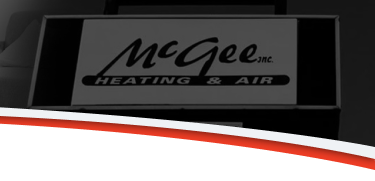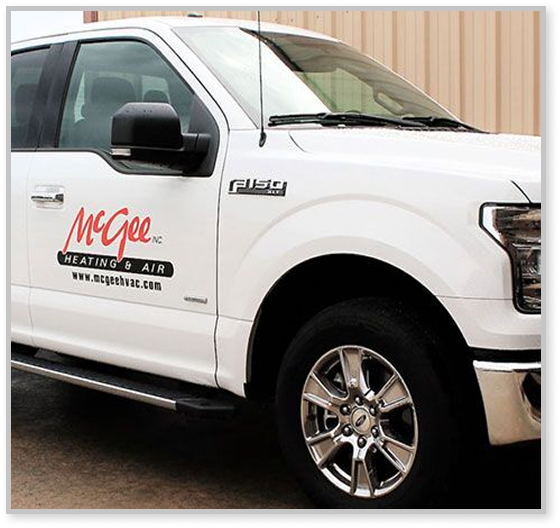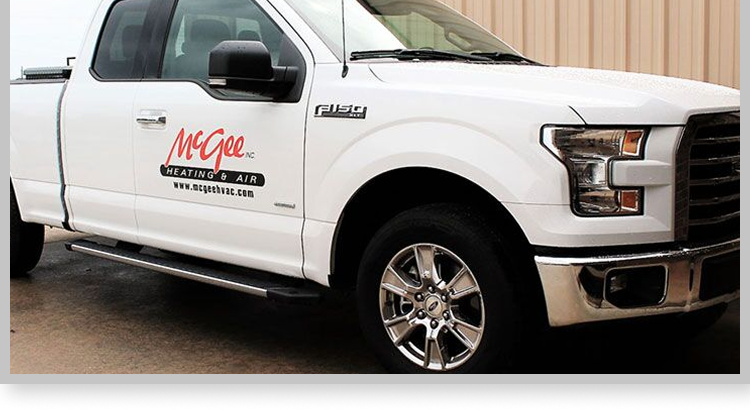Your HVAC system in Elberton, GA, will eventually have failures as it ages. Your system’s manufacturer offers a warranty to cover premature issues. Read on to learn about HVAC warranties and how they help you save money.
What’s HVAC Warranties Typically Cover
Manufacturers provide warranty protection against the equipment they provide should it fail prematurely. This typically covers motors, compressors, electrical components, burners, controls and sensors. Should one of these parts fail within the warranty period, they will likely cover the cost of the replacement part.
Some Variations and Exclusions May Apply
You’ll see manufacturers boast about a five- or 10-year warranty for their system. Read the details carefully, and you’ll likely find some variation in what’s covered and for how long. For instance, the heat exchanger on a furnace and the compressor on an AC system will often have shorter warranty periods.
Furthermore, some components, like capacitors and contractors, aren’t expected to last the entire warranty period. Read through the details to find out how your warranty handles consumable components.
Additionally, keep your eye peeled for exclusions. The most common exclusion is the labor to conduct the repair, which is typically a substantial part of the cost. That means that you could end up paying for the service technician to provide covered heating or AC repair.
Further, your HVAC warranty may not transfer in its entirety if you sell your home. Take the time to read through the warranty information carefully if you’re buying a home with an existing HVAC system.
Understanding Labor Considerations
Labor falls under a separate warranty provided by the company providing the installation. These can range from a year or more to provide time to identify issues related to the system’s installation. Different companies offer different labor warranties, so be sure to compare this part when getting quotes.
Some companies also offer extended labor HVAC warranties that range up to about 10 years. These are typically a minor add-on to the installation cost, but they generally cover any warranty-related repair.
How Warranties Get Voided
It may be hard to believe, but it’s easy to void the manufacturer’s warranty, even through simple negligence. Warranty mistakes start by failing to register your system when it’s installed, so look carefully through your installation paperwork.
Next, most manufacturer warranties stipulate your system must receive maintenance to keep the warranty valid. Some people let that simple twice-annual visit slip, thinking it’s a minor inconvenience that won’t make much difference. Get your heating and AC maintenance visits scheduled in the fall and spring to ensure you protect your warranty.
Handling Circumstantial Damage
Your warranty also excludes circumstantial damage, such as storm damage. The idea is that these issues aren’t related to a manufacturer or installation defect. However, that doesn’t necessarily leave without some coverage.
Often, your homeowner’s insurance policy covers storm damage to your HVAC system. Pull out that policy and see the stipulations for covering damage to your air conditioner or furnace.
Getting Warranty Repairs
If you have a problem with your system, you’ll want to know how to get repairs. Start by checking things you’re responsible for to make sure they aren’t causing the issue. This includes changing your air filter, keeping the outside condensing unit clear and keeping vents throughout your home free from obstructions.
Next, call the company who installed the system if at all possible. If for some reason you can’t or don’t want to call that company, search for another one that installs the same brand. Call the company and inform them you’re seeking a warranty repair. They’ll walk you through the next steps and what documentation they’ll need to handle the warranty claim.
Keep your HVAC system operating in like-new condition. Call to schedule your HVAC maintenance with the expert service technicians at McGee Heating & Air Inc.
Image provided by iStock









